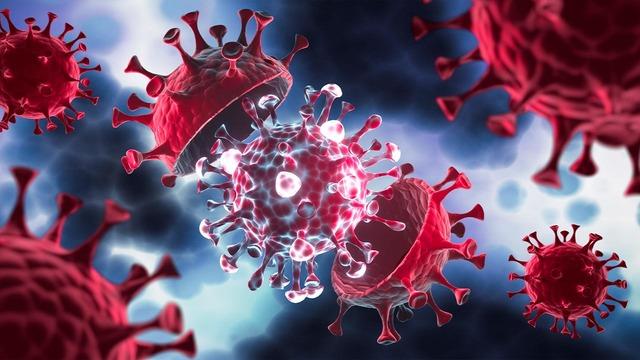The Covid-19 virus, which once affected the entire world, continues to have effects. The changes experienced with the pandemic have led to many changes in terms of health, psychology and social aspects. Although the days when the coronavirus affected our lives are behind us, new mutations and variants are still showing their effects. Experts claim that the new variants are the “most contagious” type encountered so far.
THERE IS NO REGION IN DECLINE
Covid rates continue to rise across much of the country, driven by the highly contagious new variants of the virus, KP.2, KP.3 and LB.1. While the highest Covid levels as of July 18 were in Western states, there is no region in the US where rates have significantly declined, according to CDC data. The data shows that at least 21 states have very high levels of Covid cases.
“ONE OF THE MOST INFECTIOUS VARIANTS”

“You have a very, very contagious variant, probably one of the most contagious that we have,” the University of California says.
Epidemiologist Katelyn Jetelina said this is the first major wave since the CDC updated its Covid guidance. The expert recommends isolating until a negative Covid test at home comes back, which could take three to 15 days.
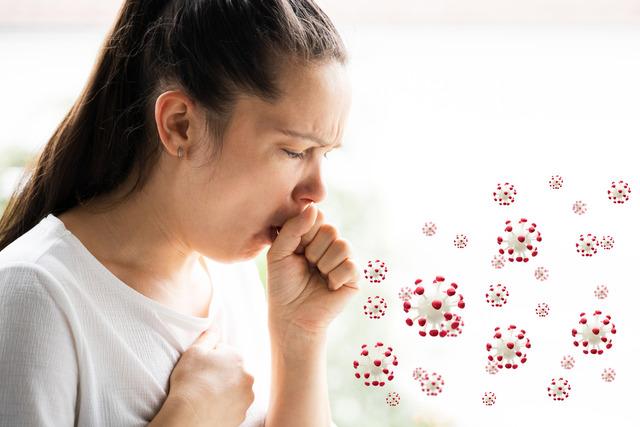
With fewer people getting tested for Covid, experts say it’s more important than ever to pay attention to symptoms. Since March, the CDC’s guidance has matched recommendations for the flu and other respiratory illnesses: Stay home when you’re sick, but return to work or school when you’re feeling better and have been fever-free for 24 hours.
PAY ATTENTION TO UPPER RESPIRATORY TRACT SYMPTOMS
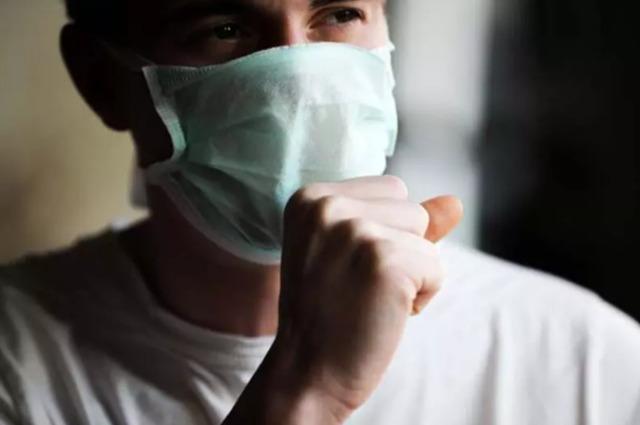
Right now, if you have upper respiratory symptoms like a runny nose, congestion or cough, there’s a good chance it’s Covid.
According to the CDC, a person with COVID can return to normal activities if their symptoms improve for at least 24 hours and they don’t have a fever, even without taking fever-reducing medications. Take precautions, such as wearing a mask in crowded indoor spaces, for the next five days. The vast majority of virus spread occurs when people are sickest.
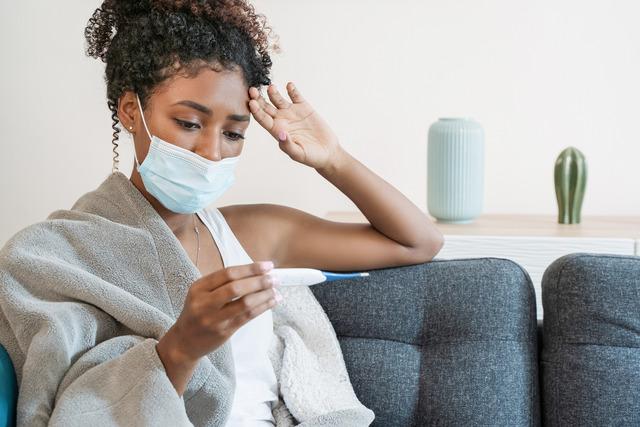
“As the days go by, the virus is spreading less and less,” CDC Director Dr. Mandy Cohen said in an interview this year. The CDC guidance is for the general public only and does not include guidelines for isolation in a hospital setting, which is typically 10 days.
COVID SYMPTOMS
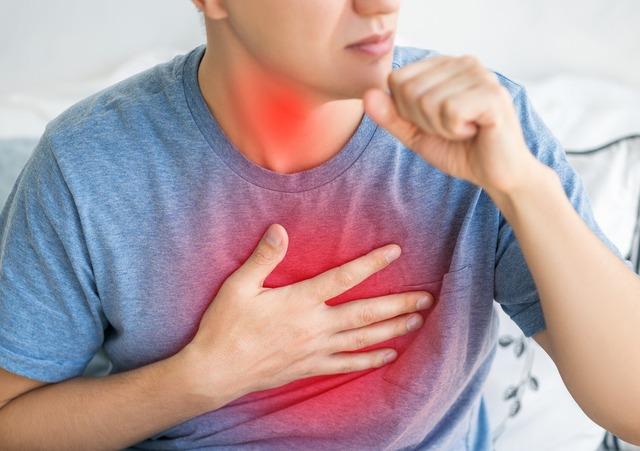
In people who have had at least one COVID infection or are up to date on their vaccinations, symptoms can often resemble a cold or other respiratory illnesses.
Common Covid symptoms include:
- Runny nose
- Fatigue and muscle aches
- Sore throat
- Cough
- Low fever
- Nausea or diarrhea
Doctors say there are no obvious symptoms that indicate Covid, so the only way to be sure is to get tested.
WHEN SHOULD I GET A COVID TEST?
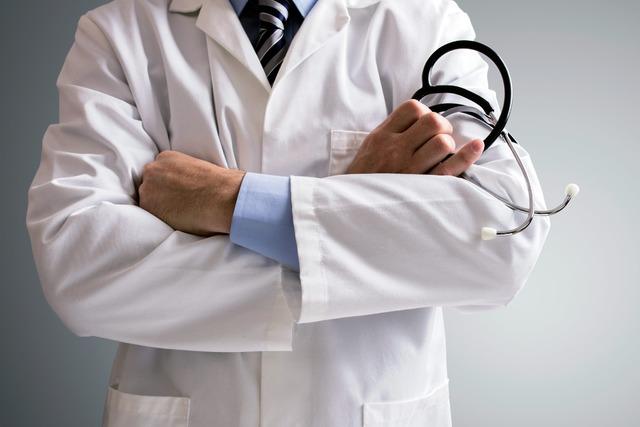
The CDC’s original guidance recommended testing about five days after symptoms because it takes a long time for the virus to become detectable in the body. Some people may experience symptoms a day or two after being infected. This is not because the virus is growing faster, but because the immune system is recognizing the virus and responding symptomatically.
(NBC News)
